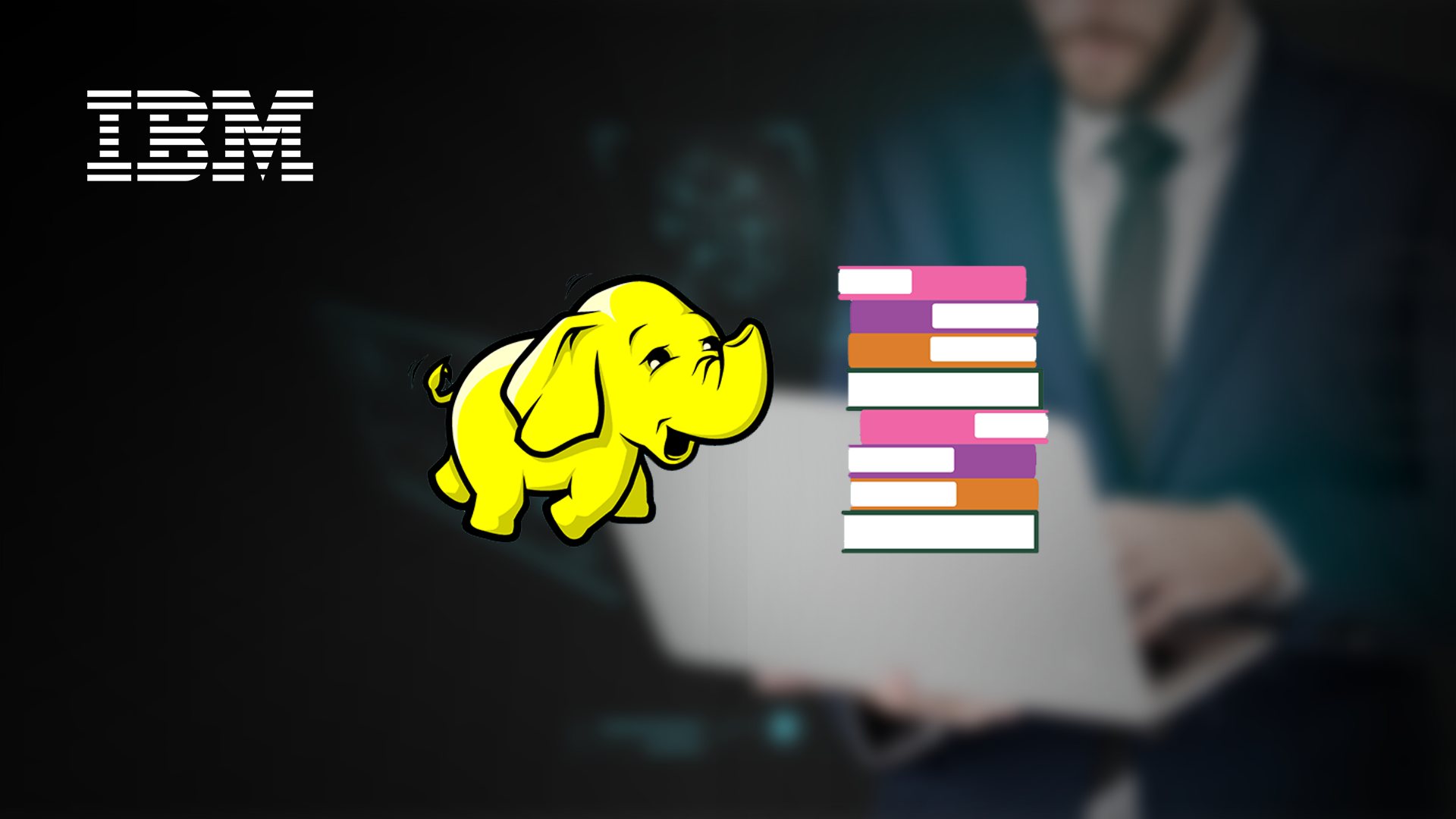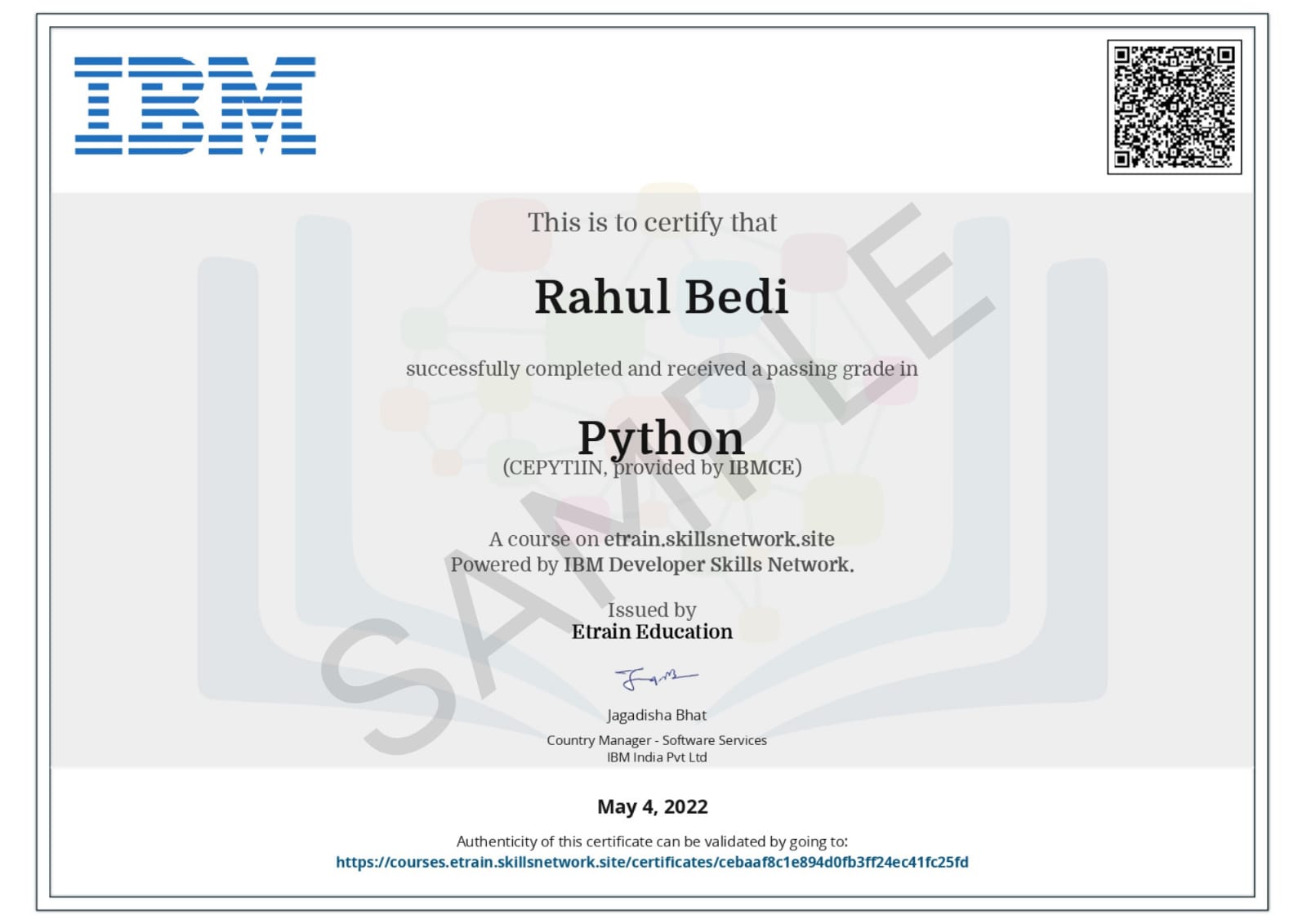Hadoop 101
Master Hadoop fundamentals, architecture, and core components to manage and scale clusters efficiently.


10000+
Learners Enrolled
4.7+ (7800+ Ratings)

Description
Apache Hadoop, a free, open source, Java-based programming framework.
Why was it invented?
- Learn about Hadoop’s architecture and core components, such as MapReduce and the Hadoop Distributed File System (HDFS).
- Learn how to add and remove nodes from Hadoop clusters, how to check available disk space on each node, and how to modify configuration parameters.
- Learn about other Apache projects that are part of the Hadoop ecosystem, including Pig, Hive, HBase, ZooKeeper, Oozie, Sqoop, Flume, among others. BDUprovides separate courses on these other projects, but we recommend you start here.
Want to see what's inside the course?
Program Details & Benefits
- Learning Category : Self Paced Online Learning includes Videos, Lab/Assignments, Hands on Practice Test along with Doubt Clearance Session.
- Learning Hours : 15+ Hours.
- Language : English.
- Certification : Our Certifications Upon Successful Completion of Online Exams.
- Job : 100% Job Assistance.
Outcomes
- Industry-recognized certification for global job opportunities.
- Enhanced skills for career growth and advancement.
- In-demand expertise for roles in tech and business.
- Access to job placement support and career guidance.
- Preparation for freelancing or entrepreneurial ventures.
You may also like our Fast Track Career Programs

IBM - Big Data Analytics Professional Program
15+ Hours
4.9/5

IBM - Generative AI & ML Professional Program
15+ Hours
4.9/5

IBM - Industry 4.0 with Internet of Things (IoT) Professional Program
15+ Hours
4.9/5





